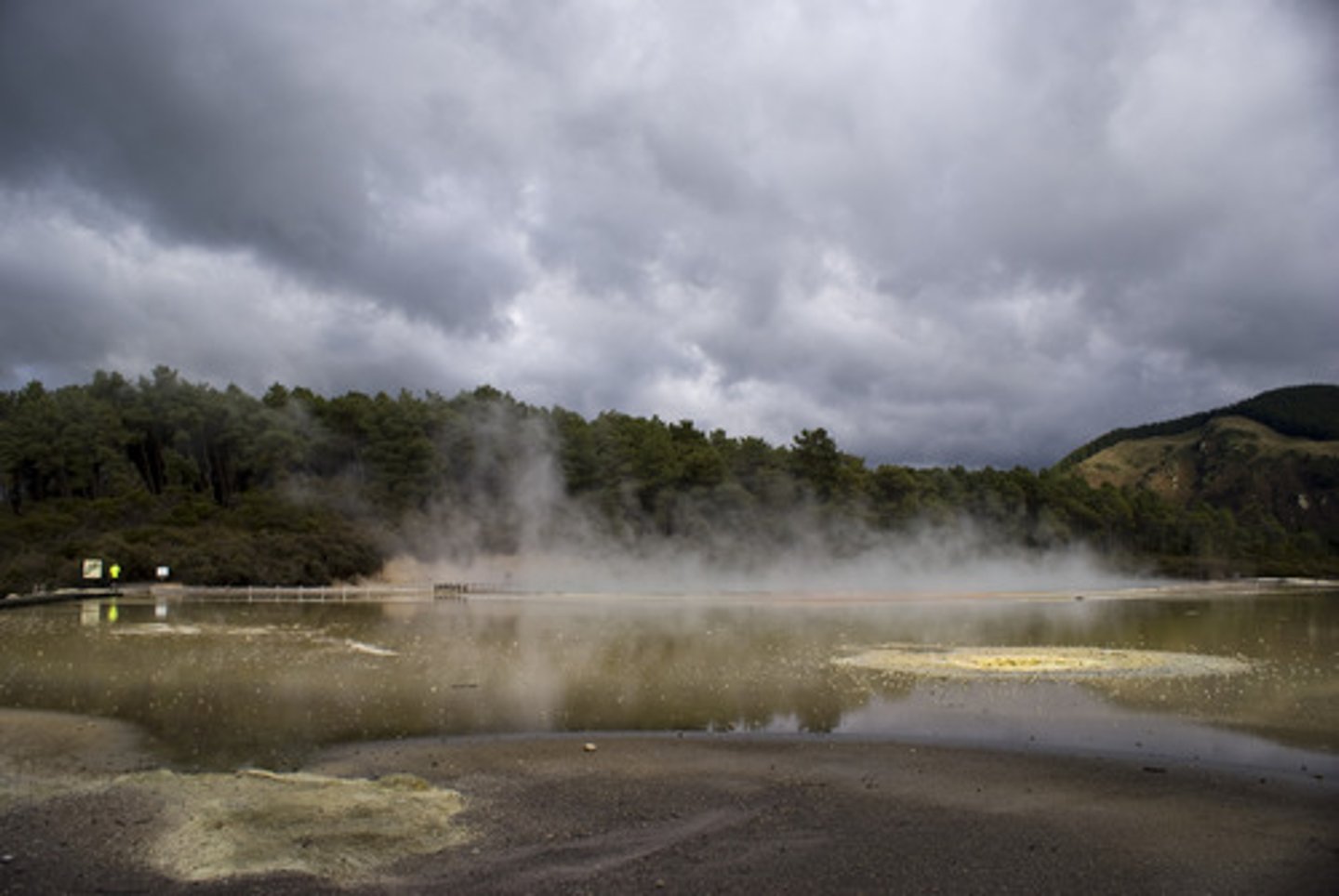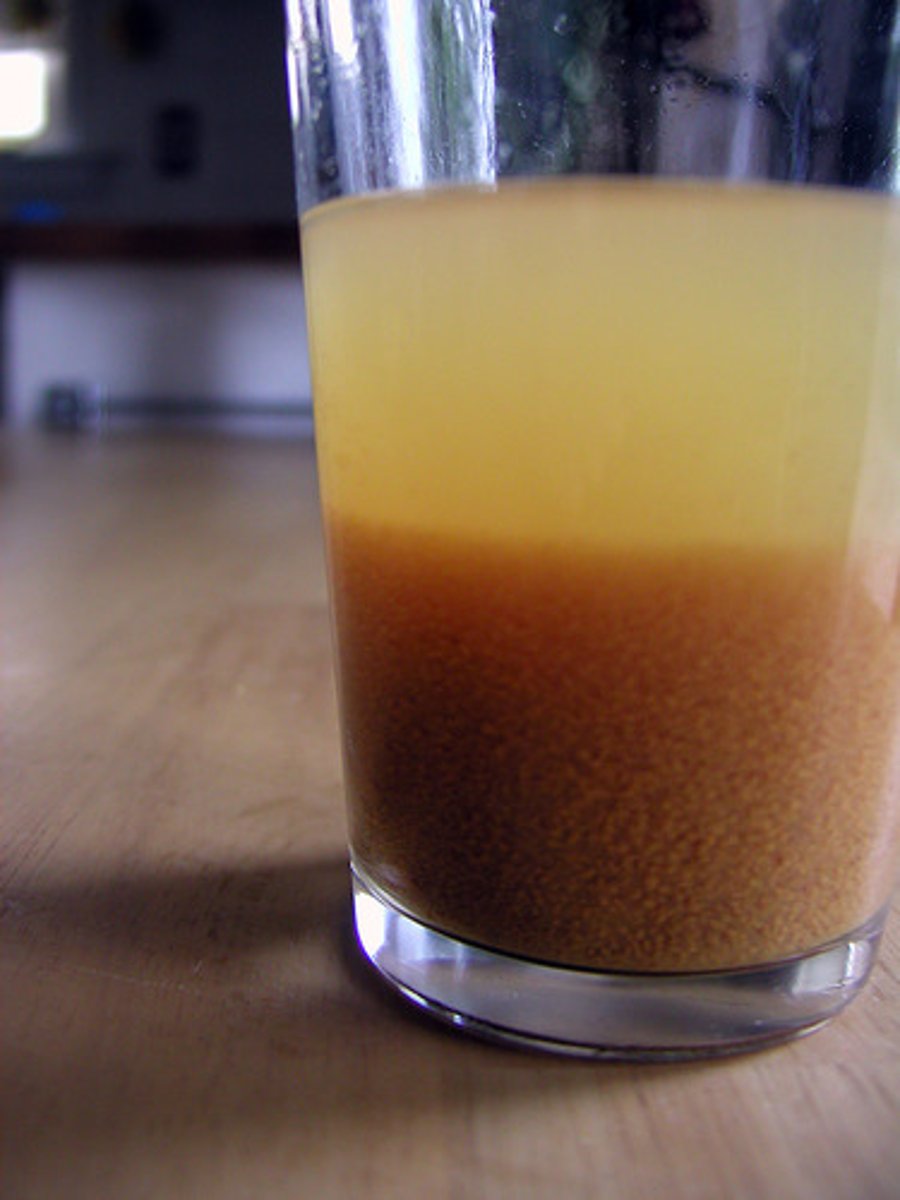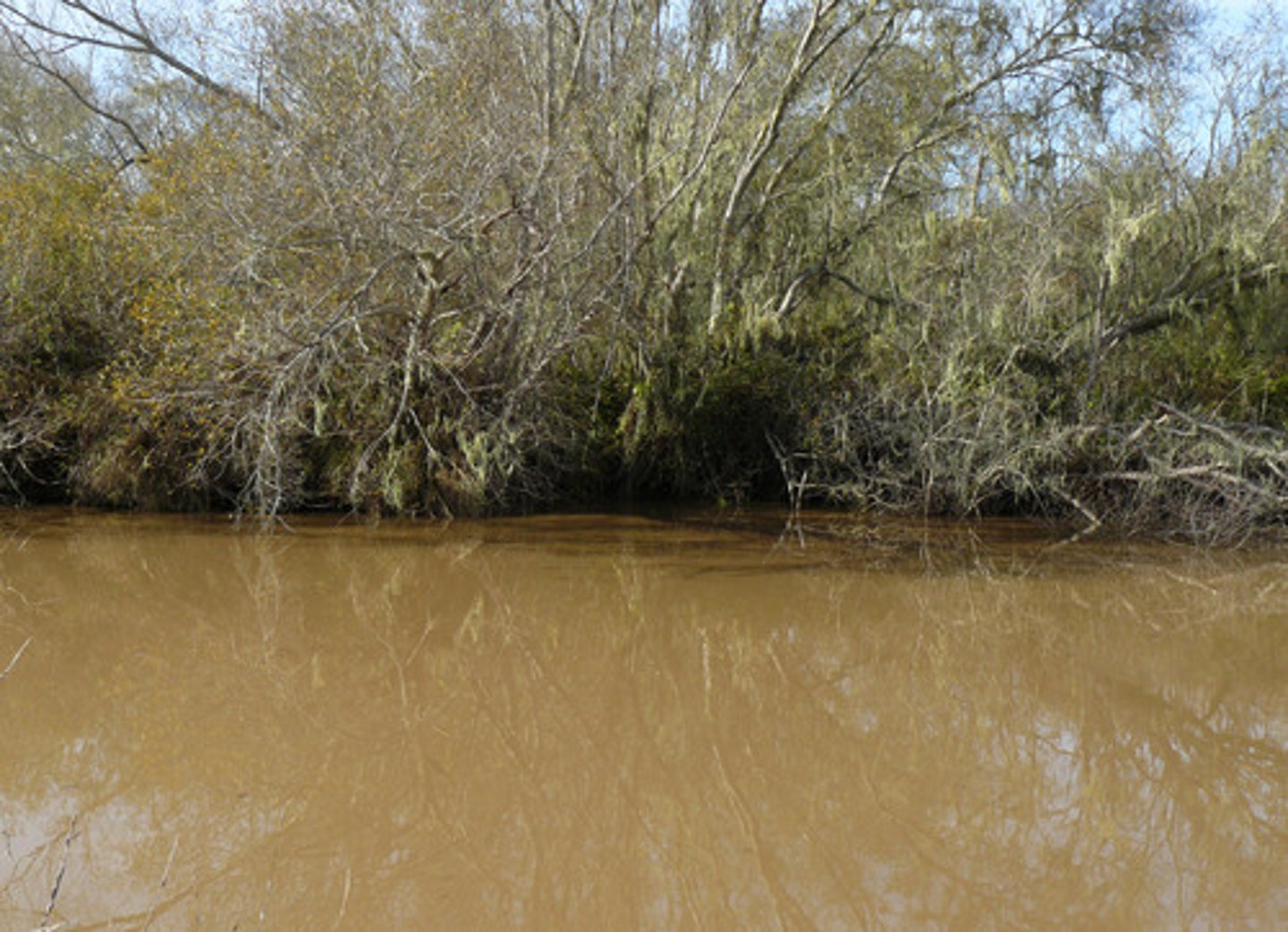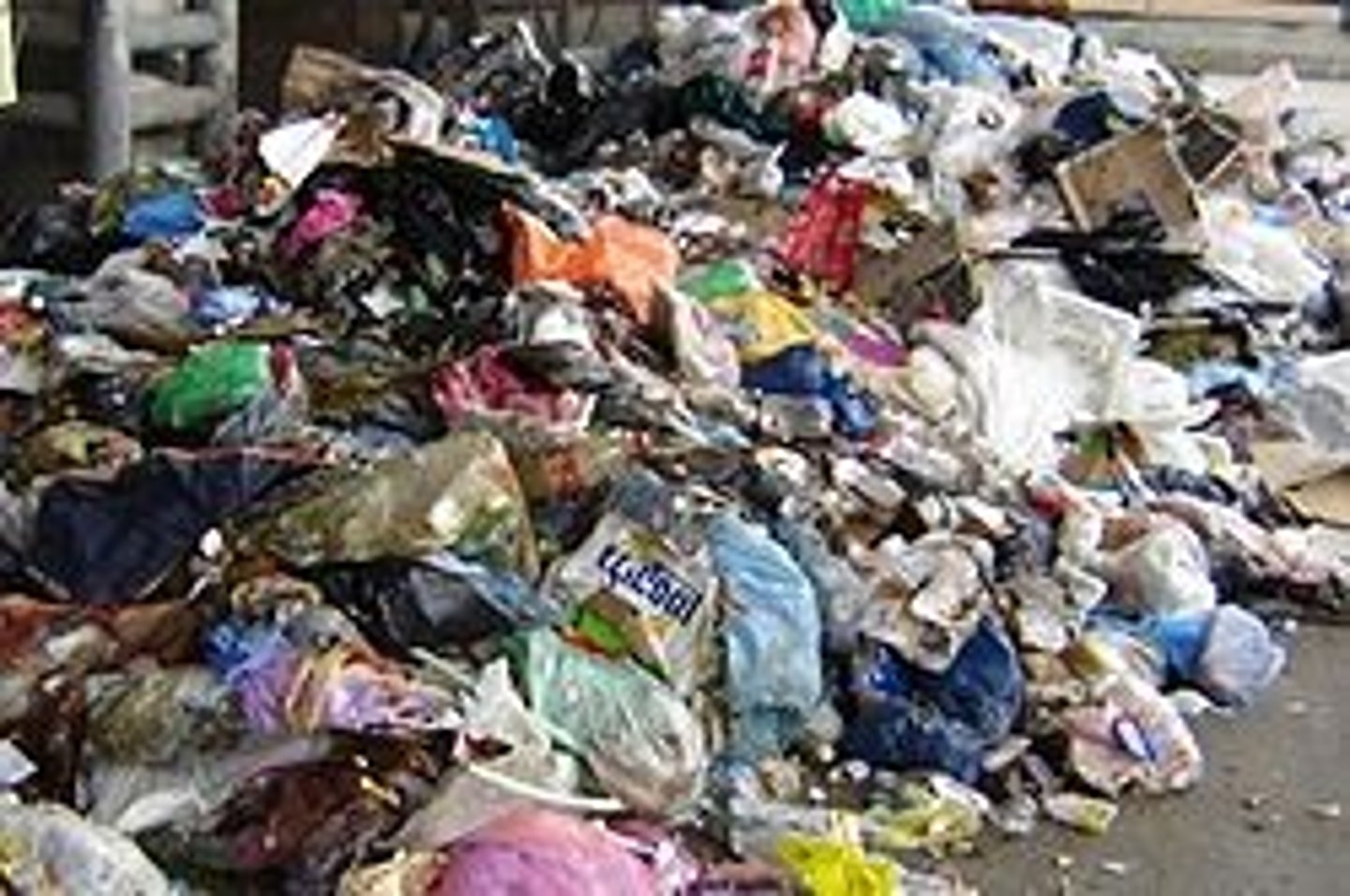Unit 8: (8.6) Thermal, solid waste, sediment pollution
1/10
There's no tags or description
Looks like no tags are added yet.
Name | Mastery | Learn | Test | Matching | Spaced |
|---|
No study sessions yet.
11 Terms
Thermal pollution
Heat release into a body of water that raises the temperature outside the range of tolerance for many aq. species

Thermal shock
a dramatic change in water temperature that can kill organisms as their respiration rates increase while DO level deceases, leading to asphyxiation
Cooling towers
A massive tower designed to dissipate waste heat from a power plant (or other industrial plant) in to the atmosphere. Cools waste water, but also releases water vapor, a natural GHG.

Urban runoff
Urban runoff can often be warmed by hot blacktop or pavement, causing thermal pollution
Sediment
Sand, silt, and clay suspended in water.
Sediment pollution
Excessive amounts of soil particles that enter a water source as a result of erosion.

Effects of Sediment pollution
- Increased turbidity
- Decreased light penetration
- Decreased photosynthesis
- Decreased visibility for visual predators
- Can clog fish gills if heavy enough

Sources of Sediment pollution
Agriculture and human development (construction) that loosens soil and contributes to erosion. Urban runoff can be a source as well

Solid waste pollution
Trash, garbage, litter (MSW) in a body of water.

Effects of Solid Waste Pollution
Can entangle or asphyxiate aq. life. Can be ingested, clogging stomach, throat, etc.
coal ash/slag
Solid waste from coal combustion. Often disposed of in ponds, or abandoned mine shafts. Can leach arsenic, lead, mercury into ground water, or runoff into surface water